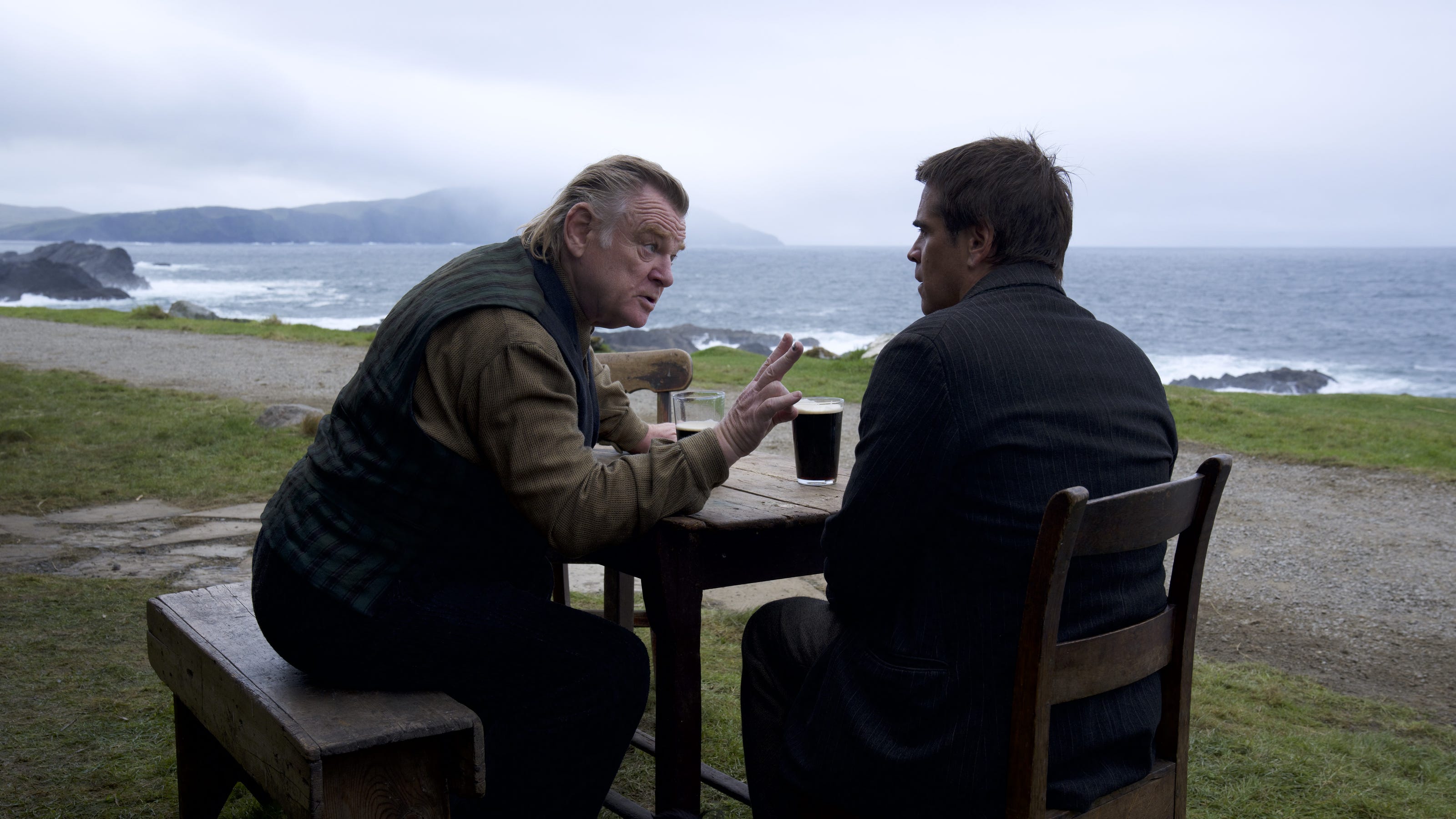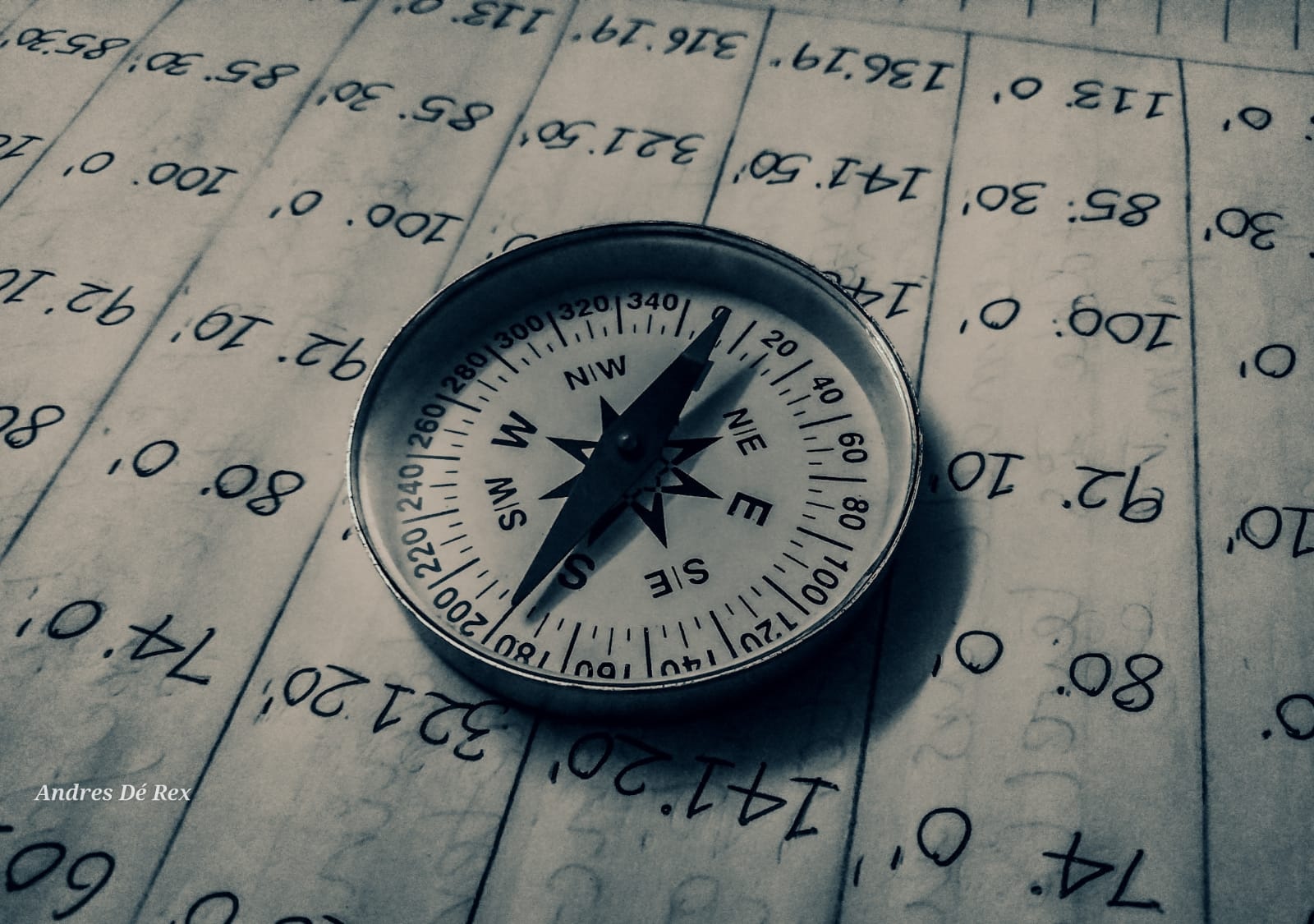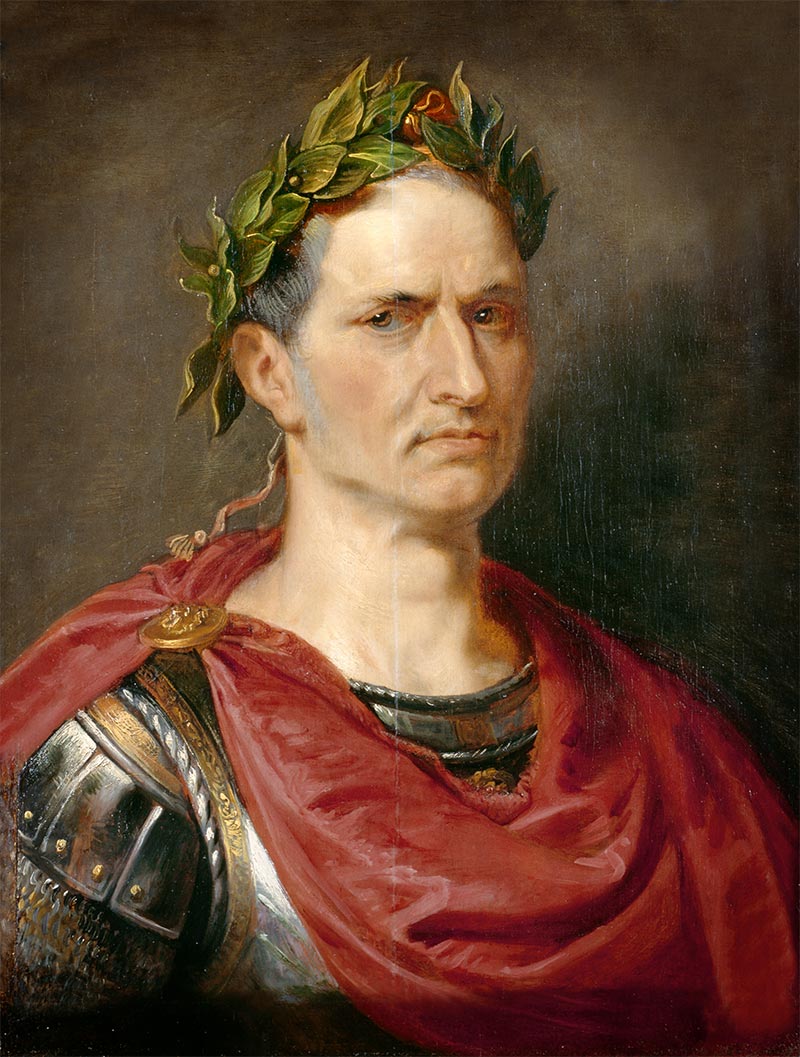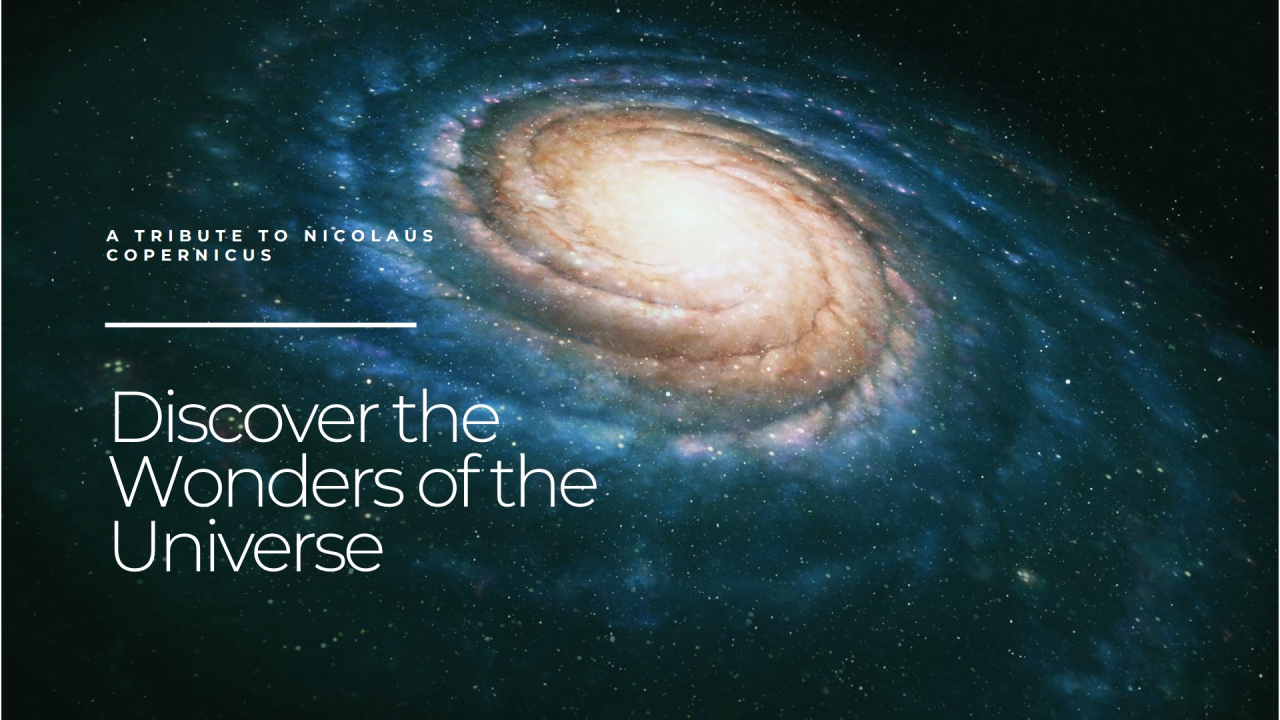The past year saw us consume films on a whole different level, as the increasing amount of OTT platform backed films found its niche audience across the different parts of the world. While home grown films like "Chello Show" and S.S Rajamouli's magnum opus "RRR" found wide acclimation overseas, transfixing dramas such as "The Banshees of Inisherin" and "Tàr" helped us look inward to contemplate about some of the most pertinent questions. 2022 was also a year that saw blockbuster cinema return to screen in the most grand way possible, especially in larger-than-life spectacles such as "KGF Chapter 2", "Top Gun: Maverick" and James Cameron's technological marvel, "Avatar: The Way Of Water". As the year draws to a close, we look back at some of the best feature film releases that are going to stay with us for quite a while. Here's the top 10 films of 2022.
Honorable Mentions:
Kimi
Tàr
Del Toro's Pinocchio
Declaration
Glass Onion: A Knives Out Mystery
10: RRR

In its three hours plus runtime, "RRR'' gives us a patriotic saga set in British India in the 1920s, proving several things in one go. And for the Indian audience, there will never be a greater, more durable fount of stories than the Ramayana and the Mahabharata. S.S Rajamouli re-imagines the real life journeys of two freedom fighter revolutionaries in a roaring and rousing mix of various genres- epic-mythological-action-superhero-bromance. "RRR" made us swallow its high octane drama and action with a humongous gulp that made its resounding aftertaste felt across the seas. The movie's international acclaim has put the diverse, larger-than-life aspect of Indian cinema on a global stand for millions to experience, and for that and many other reasons, "RRR" remains one of the best films of the year.
9: Apollo 10 1⁄2: A Space Age Childhood
Richard Linklater's melancholic Netflix coming-of-age drama tells the story of Stan, the titular 10-and-a-half-year-old, who lives with his parents and five siblings in Houston, Texas, at the height of the space race in the 1960s. Yet once again, the American writer-director proves the knack he's developed for exploring these constant time capsules over his entire filmography. He stunningly balances wistful nostalgia and slice-of-life drama in one of the year's best films. Through its tender shot compositions, the film transports you to a time that feels distant yet increasingly close at once.
8: Top Gun: Maverick
There's no doubt that the original "Top Gun" has earned its fair place into the pop culture over the years, as it was the first film to bring the action-hero side persona of Hollywood's now biggest action hero into focus back in the 80s. "Top Gun: Maverick" by far surpassed all the expectations people had from it, which reflected in its box office collections. It's a surface-to-air missile of a summer spectacle that balances itself between the thrust of high-flying aerial footage and the pitfalls of reinvigorating a famous IP. Joseph Kosinski’s ultra-crisp direction combined with Claudio Miranda’s camera-in-the-cockpit cinematography added an ineffable vigor to the visual language of the movie. Ultimately, the kinetic energy and the sheer momentum with which the movie takes off renders it into one of the best summer blockbusters we've had this whole decade.
7: Everything Everywhere All At Once
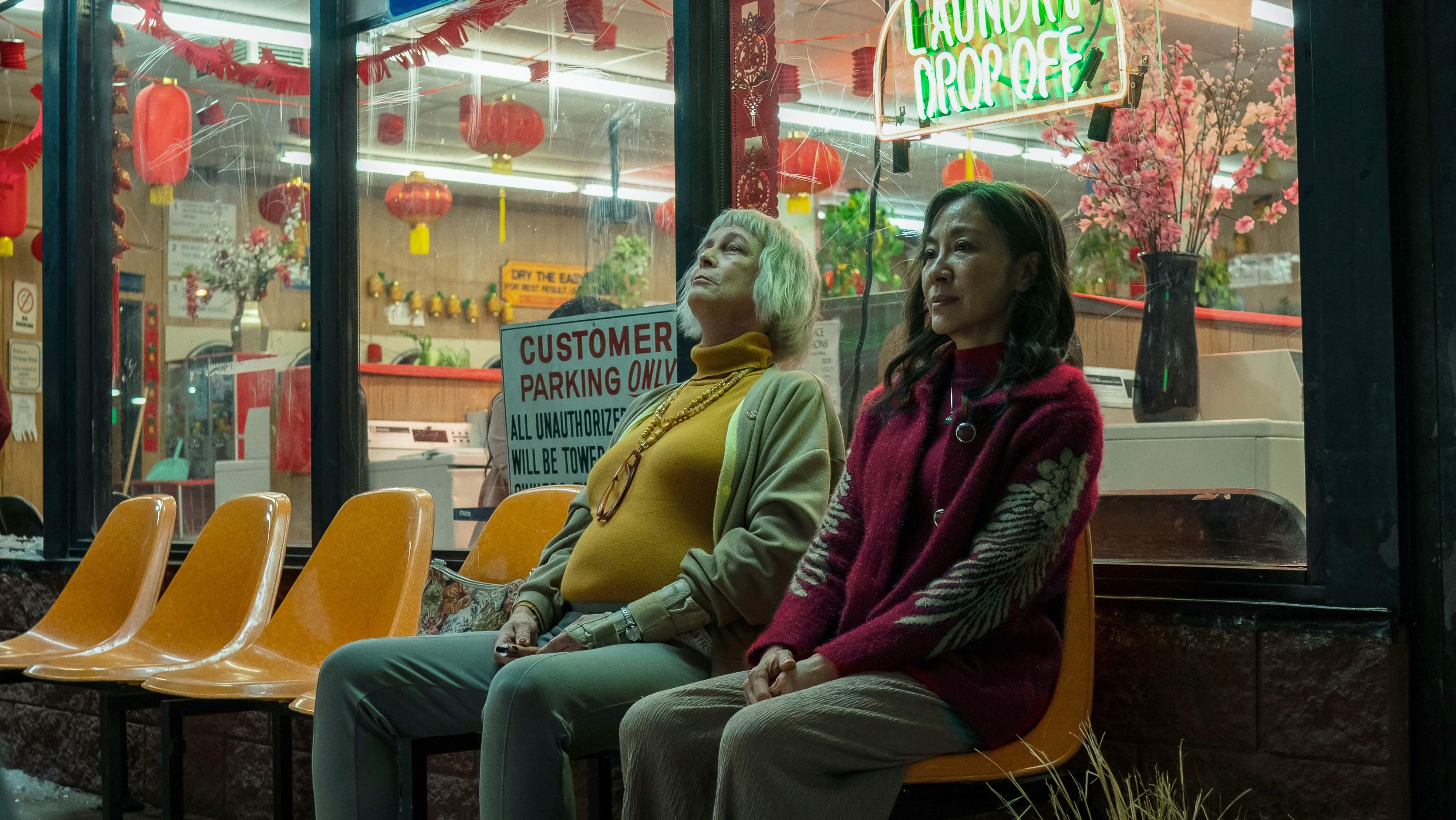
Part of the brilliance of "Everything Everywhere All At Once" is the remarkable amount of ideas the makers cram into this story without it becoming an absurd mess. It's almost surprising to have a film that flies by so quickly, among this list. The movie almost makes the visuals a mantra amongst a cavalcade of insane multiverse sequences, unlimited possibilities, and endless creativity. But at the heart of it, it remains an extremely touching story about the paths we take in our lives, the paths that we didn’t take, and how they eventually lead us exactly where we need to be. It's the only movie experience all year in which I noticed the entire theater's audience reactions change every few minutes.
6: Decision To Leave
Celebrated South Korean filmmaker, Park Chan-wook, who gave us classics like "Oldboy" and "The Handmaiden" brough us a twisted love story this year in a noir called "Decision To Leave". This one, however, is unlike anything you've seen before from the genre. This time around, the director uses the very tool of deception at the center of the genre as a way of reversing the genre tropes to showcase unconventional themes. There's a gradual growing suspicion during the film's first half that this mercurial, brilliant woman, who seems to have as keen an instinct for criminal psychology as he does, might be toying with the detective; that the accidental lead up to her becoming a suspect may not be what it initially seemed. But it's in the second half where the makers pull the carpet under your feet, by resorting to a whole different perspective. Thus, "Decision To Leave" is the rare kind of film that pushes the boundaries of its genre while playing around the rules of it. Everything from the technical layout of the film to its painstakingly detailed screenplay works. That's precisely why it's also the best directed film of the year with ingenious shot compositions that makes it impossible for you to not rewatch it.
5: The Fabelmans

We all remember our first movie-going experience. We remember the lights. The gushing emotions. The pure joy of being in complete awe of the rectangular screen in front of our eyes. And no one has contributed to the grandiosity of modern day blockbusters more than Steven Spielberg himself. "The Fabelmans" works because it directly shows us the intensity of the medium of visual storytelling had on him. By framing the opening scene from the young protagonist's height, you instantly root for young Sammy, only to be mesmerized along with him at the simple joy of watching a train crash into something. His mother suggests he not recreate the actual train model hitting an object again and again as it would be cost ineffective. But it's only when she realizes how for him, it's more about the process of trying to gain control over something that matters and of using the same to witness a frameshift in his audience's emotions.
For young Sammy, his mom is his first audience. I was instantly in tears watching the scene play out, precisely because of how close it hit home to me. The ethereal white glow that his films often have always feels in context here. It always adds into how the rendition of what's happening in someone's mind as they reflect upon their own time would translate onto the screen; the movie in itself feels like a speck of memory indented into someone's personal journey where they gradually learn how in life, things don't always have to be mutually exclusive.
4: The Batman

"Film noir is not a genre. It is not defined, as are the western and gangster genres, by conventions of setting and conflict, but rather by the more subtle qualities of tone and mood." This is what the great writer-director Paul Schrader said regarding film noir in an interview. In Matt Reeves' "The Batman", the moody visuals linger over the phalanx of rusty buildings arcing above the grayish skyline. The criminals in Gotham scuttle around in mucky streets, passing through cars streaked with layers of thick grime. There are no characters constantly talking about the deterioration of their city, knowing all too well that we can take notice of the streets appearing swept almost to a shine. The past night time vistas are lit by floodlights and guttering street lamps; Reeves doesn't throw in the Gothic touches just for the sake of it, but builds upon the moody tone of the film.
In doing so, "The Batman" tells the coming-of-age story of the masked vigilante through the decaying city of Gotham; the screenplay turns the liberty of not needing to establish his back story again into an opportunity, by giving more time in setting up the city of Gotham which imposes like a character in itself. This Batman doesn't make loud arrivals, nor does he magically disappear from a room but has to run for his life sometimes. Watching "The Batman" for the first time did something hardly any other superhero film has done to me in recent memory. It grew upon me as the frames kept lingering in my head, making me realize how it's one of those rare mainstream films that also pushes the artistic boundaries to their full limits.
3: Nope
The western setting on the outskirts of California in Jordan Peele's third film visually echoes the isolation that the African-American characters themselves face. But it also echoes the assumed obsolete nature of the older ways of filmmaking, while proving in the end it's very permanence. There's also the possible U.F.O. that hovers around the edges of the action for a good while, adding an element of danger that throws human interactions into comical and dramatic relief.
In almost every shot of the film, you get a palpable sense of the deep-rooted reverence Peele has towards early film history. He channels that very reverence through the lucid-dream cinematography that creates a spectacle while preserving the cultural commentary and smart subversion of genre tropes in the film. Thus, "Nope" is self-reflexive in its creative rediscovery of the bygone methods of simply capturing something on celluloid. It is sheer ecstasy of moviemaking; the type of film that defines a genre while reinventing it.
2: The Banshees of Inisherin
The two years of lockdown took a heavy toll on the mental as well as social conditioning of everyone. People started contemplating their own mortality, as they sat staring at the uncertain times that led to desperate repercussions around us everyday. Artists especially had to look within themselves to question what their purpose in life would be, given if something unfortunate were to happen to them. At the same time, the pandemic also led many people to become artists, as they finally found their own calling in life.
Reuniting the two stars of McDonagh’s 2008 debut feature "In Bruges", this year's "The Banshees of Inisherin" tells a tale about an end-of-friendship between its two lead characters. It's basically a breakup movie that swings between the hilarious, the horrifying and the heartbreaking in magnificent fashion. The wide open Irish landscape stunningly creates a contrast that expands the claustrophobic setting of the film. The visuals don't call your attention to them, but slowly draw you into how impenetrable the feeling of someone changing over night could be. After years of hanging out with Pádraic, Colm has now suddenly decided to stop doing that and spend time behind creating some meaningful art instead. Is legacy truly what Colm is after? Is Pádraic really a kind person as he claims himself to be by the film's end? Through its incisive editing, McDonagh’s film works equally on a granular as well as on a much larger philosophical level. It's ultimately about us humans' need to be remembered, and the deeply primitive relationship we share with violence. As the film goes on, the humor gets gradually reduced, superseded by a sheathing melancholia that permeates off the screen and demands you meditate on its existential themes.
1: Aftersun

There comes a moment in everyone's life when we start to comprehend our parents as people separate from ourselves. We begin to see their flaws, their limitations, while acknowledging how they once lived lives that stretched long before our existence. There's always a sense of wanting to peep back into their lives, knowing all too well the intimidating nature of coming across a vast sea of unseen realms. Sophie, the young protagonist of "Aftersun", is close enough to sense what she doesn’t yet know. She doesn't know how crushing it is for his father when she asks him, "When you were 11, what do you think you would be doing now?" But you almost sense that the 11-year old - hanging onto her childhood while also rushing toward maturity - is all too aware that time is moving quickly even amidst the delights and frustrations of a short vacation.
A stack of books about meditation and tai chi rest on Calum's table, which is indicative of his state of mind. He left Scotland, where Sophie lives with her mother, to live a life drifting around London. When she asks him if he’ll ever move back, he tells her how he's figuring out how to rent a place and start something with his friend. There's enough intertextuality in the text as well as in the visuals, but never at the cost of artistic expression. It's all artistically repurposed with so much command, that the movie itself feels like it's taken out from the memories and anecdotes of any individual. It was a damn good year for cinema, but "Aftersun" was the only movie I saw that left me appreciate life a little more, enabling me to live in the moment. Sophie would still be reminiscing about the vacation spent in Turkey. But she also seems to re-watch the camcorder footage in the desperate, keen hope that her father might be able to give her the untethered answers and moments in time to save her from it. Maybe they never saw each other again. Hopefully she comes to peace with herself. Well, at least that's what her father would've wanted at 31.

